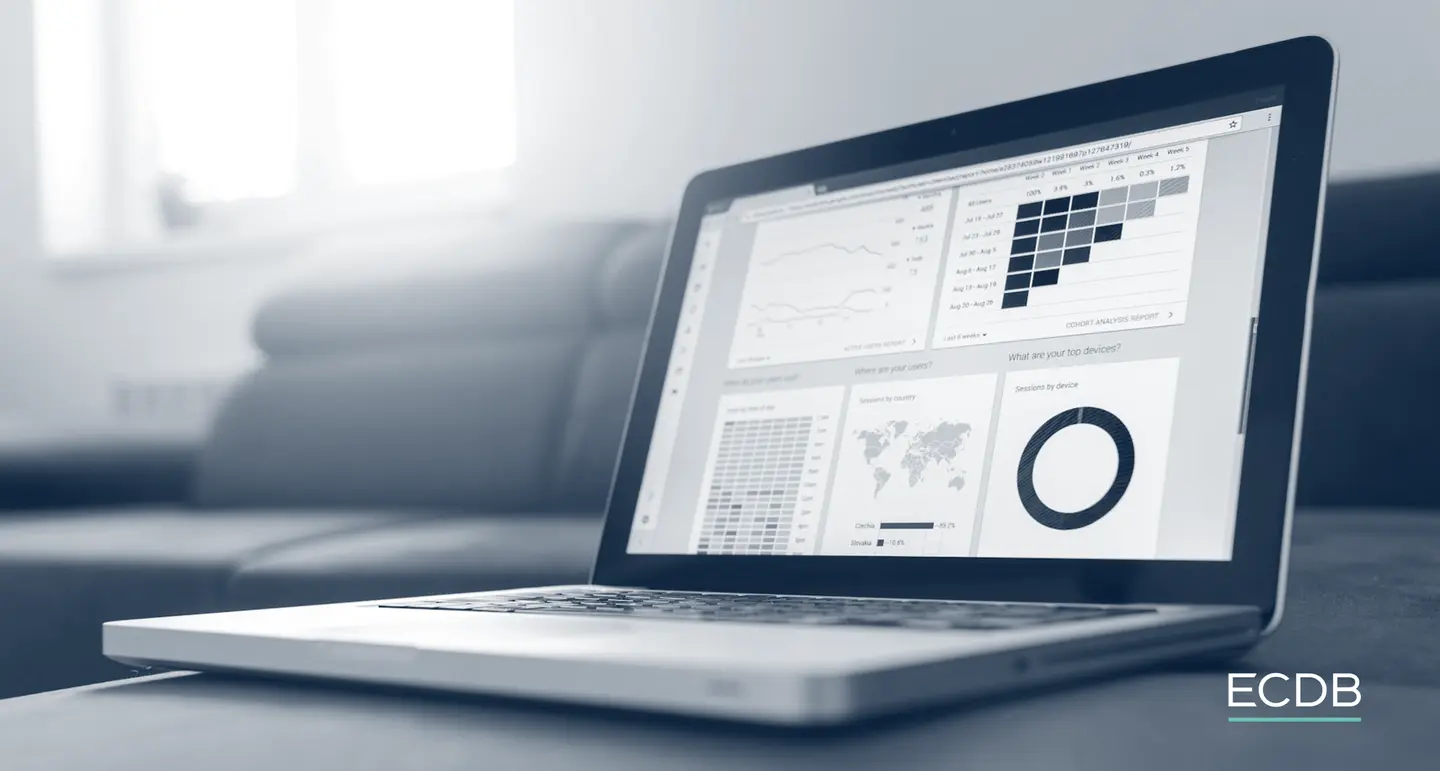B2C
Companies regularly purchase products and services from other companies. This is known as the B2B (business-to-business) model. B2B refers to commercial transactions between businesses, rather than transactions between businesses and individual consumers. B2B can take many different forms, including the sale of goods, services, or information. A B2B company typically manufactures products for or provides solutions to other organizations.
For example, when a company supplies raw material to another company, it is a B2B transaction. Similarly, the exchange between wholesalers and retailers is B2B. When a company engages another company to advertise its products, design its website, or develop its content, that is B2B.
Glossary entries with B
Back to





